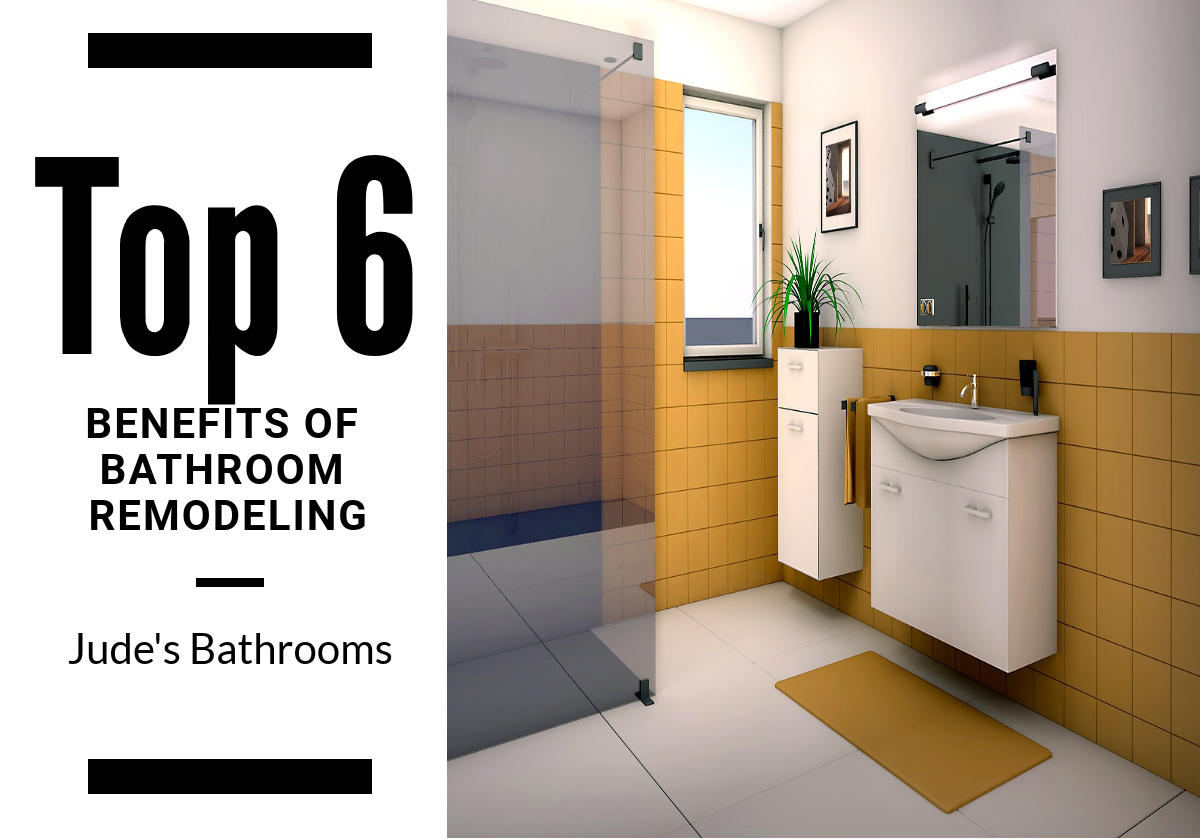Apply Professional Methods For The Safe And Secure Elimination Of Cupboards Ahead Of Installation-- Steer Clear Of Mistakes And Grasp The Crucial Steps For An Effective Operation
Apply Professional Methods For The Safe And Secure Elimination Of Cupboards Ahead Of Installation-- Steer Clear Of Mistakes And Grasp The Crucial Steps For An Effective Operation
Blog Article
Authored By-Gould Tanner
When eliminating existing cabinets for a brand-new installment, the procedure calls for accuracy and caution to stop any kind of mishaps or damages. You'll require to follow a collection of steps to make certain a secure and successful elimination. Making the effort to prepare the location and gather the right devices is critical, yet the real obstacle lies in safely removing the closets from the wall surface. Stay tuned to uncover the best techniques for a smooth and safe elimination that establishes the stage for your upcoming closet setup.
Preparing the Workspace
Prior to you start eliminating existing cupboards, it's important to prepare the workplace effectively. Beginning by removing all items from the cabinets and kitchen counters. This consists of meals, pots and pans, and any other personal belongings that could be in the way.
Next, cover the floors and nearby furnishings with protective materials such as ground cloth or plastic sheets to prevent any type of damages throughout the elimination procedure. Furthermore, guarantee there suffices area around the cabinets for you to work conveniently and securely.
It's critical to shut off the power supply to any appliances or electrical outlets near the closets to prevent crashes. Make use of a voltage detector to validate that the power is without a doubt off before continuing. Keep in mind to put on suitable security equipment, such as gloves and goggles, to safeguard on your own from any kind of sharp edges or debris.
Gathering Necessary Devices
To effectively take on the job of eliminating existing cabinets, the initial step is to collect the required tools for the work. You'll need a couple of important tools to ensure a smooth removal process.
Begin by ordering a screwdriver, ideally a power drill with different little bits to aid you loosen any screws holding the cabinets in position. A pry bar will come in handy for gently prying the closets away from the wall once the screws are removed.
See to it to have an utility blade for cutting any type of caulking or sealer around the closets. Furthermore, having a hammer on hand can help in touching the cabinets to loosen them from their position.
Safely Separating Cabinets
When removing existing closets, guaranteeing they're securely separated is vital to prevent any damages or injuries. Begin by eliminating any type of items inside the cupboards and then unscrewing them from the wall surface.
Have a helper sustain the closet as you separate it to stop it from dropping and causing injury. Use a drill or screwdriver to carefully get rid of all screws securing the cupboards to the wall. See to it to separate any kind of plumbing or electrical connections prior to totally removing the cabinets.
When Suggested Web page are removed, carefully lift the closets bizarre and position them on a soft surface to prevent scratching or damaging them. Beware of any type of sharp edges or protruding nails during this procedure.
Evaluate the location where the cabinets were connected for any kind of damage or repairs required before installing new closets. By adhering to these actions, you can safely separate existing cabinets without any accidents.
Verdict
Now that you have safely removed your existing cupboards, you are ready to go on to the setup process. Keep in mind to meticulously plan out the positioning of your brand-new cupboards and follow the producer's instructions for proper installment. With the right devices and precautions, your cooking area or restroom renovation will certainly be a success. All the best with your project!
